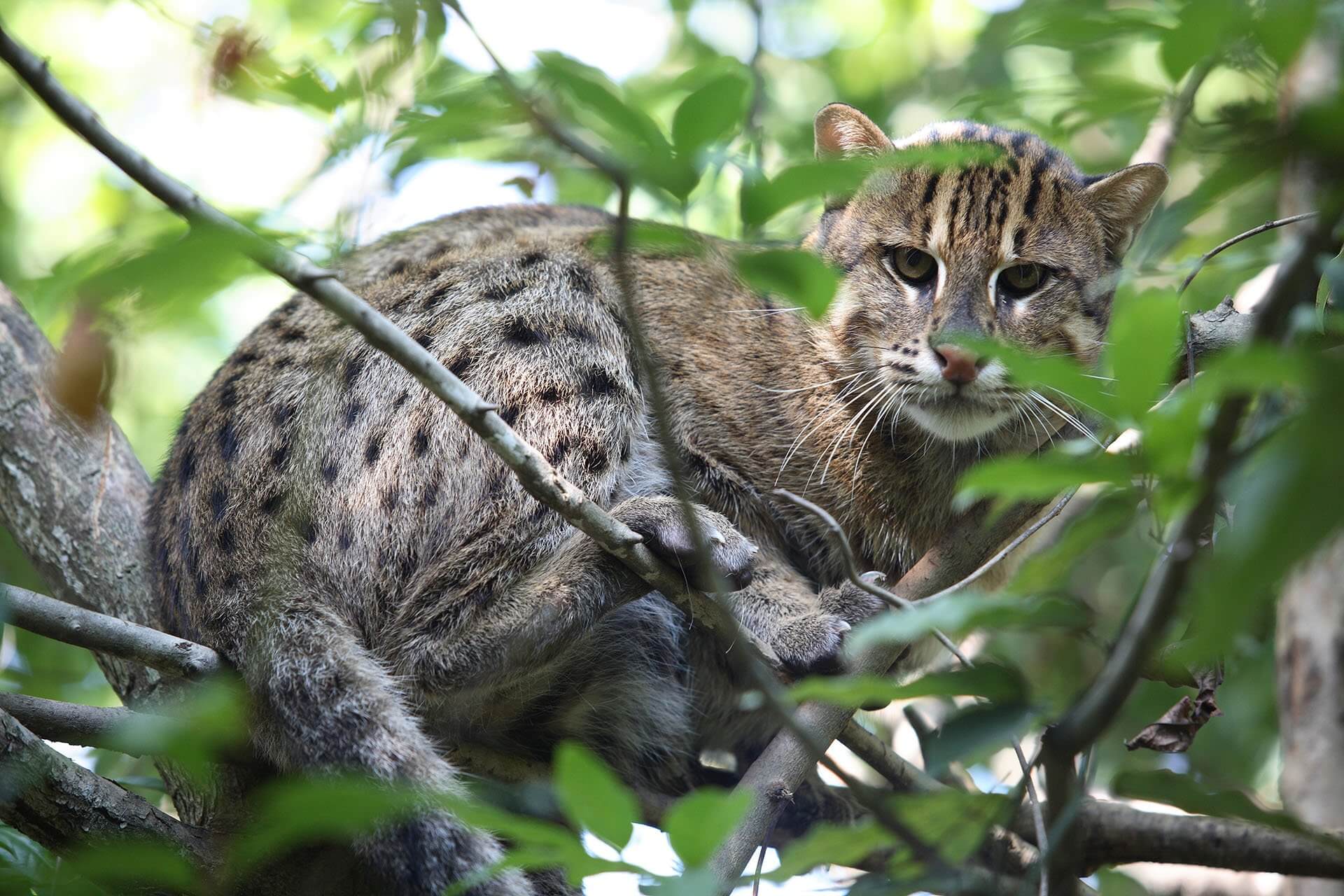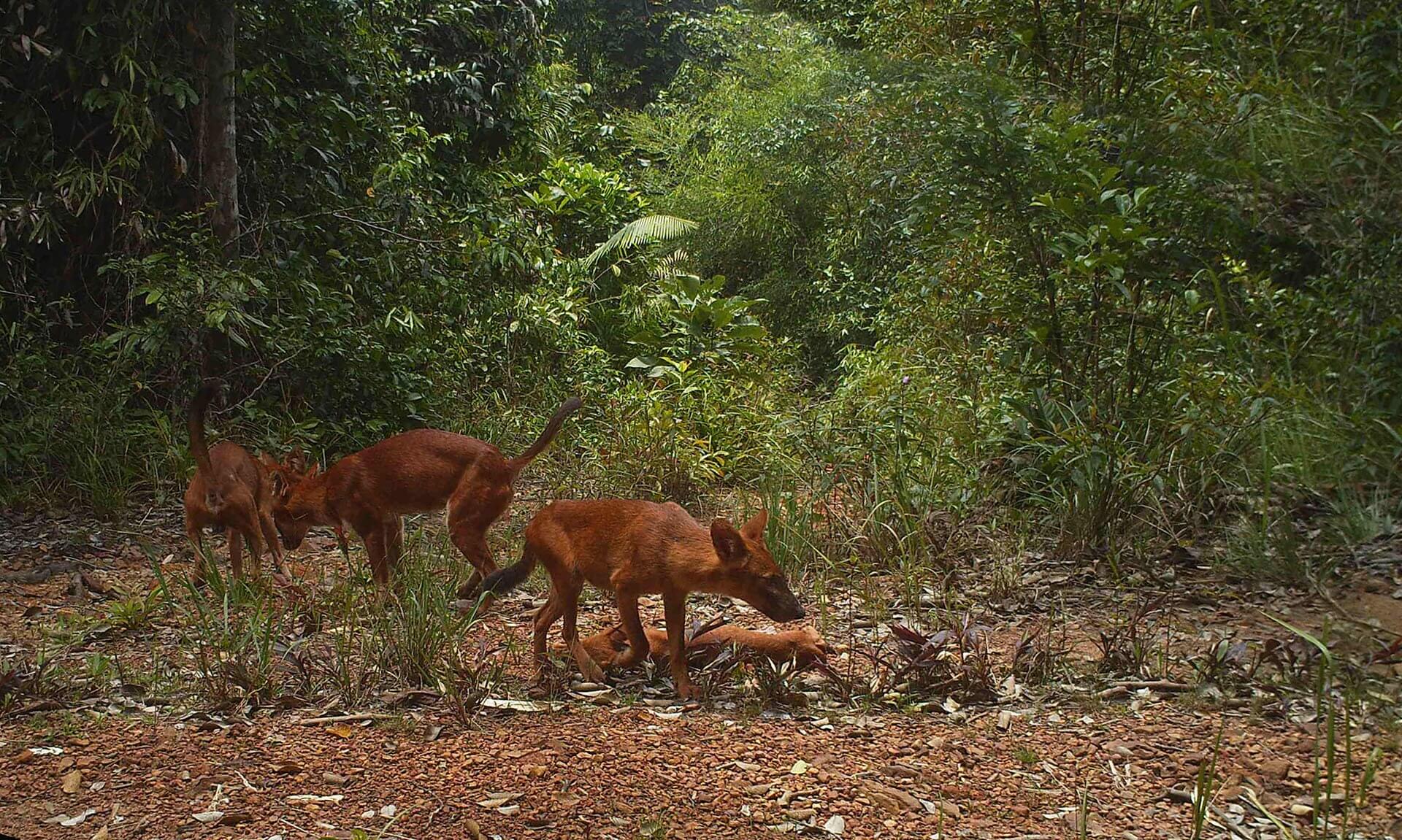Saving Botum Sakor National Park’s Wildlife
Situated in western Cambodia’s Koh Kong Province, below the Cardamom Mountains, Botum Sakor National Park is Cambodia’s largest national park. Spanning three districts in Koh Kong – Kiri Sakor, Botum Sakor and Koh Kong – the park covers an area of over 1,800 km2 and is home to an extraordinarily diverse array of wildlife. However, its astonishing biodiversity is facing a number of serious threats, including illegal logging, poaching, sand dredging and forest clearance by companies with land concessions inside the park.
Officially managed by the Department of Nature Conservation and Protection, under the Ministry of Environment, the park is teaming with wildlife. A four-year study completed by NGO Frontier Cambodia recorded evidence of at least 49 species of mammals within the park’s boundaries, eight of which are considered high conservation priority and listed as Endangered on the IUCN Red List, including: the Sunda pangolin; silver langur; Asian slow loris; hog deer; fishing cat; dhole; Asian elephant; and pileated gibbon.
Naturalists estimate that Botum Sakor could be home to over 2,000 different groups of the rare pileated gibbon, which is only found inhabiting Cambodian forests west of the Mekong River, southwest Thailand, and small pockets of Laos. In fact, it is estimated that the park could contain as much as 10 percent of the world’s pileated gibbon population.

Another important species found in the park, also classed as Endangered is the dhole, or Asiatic dog – a medium-sized species of the canidae family that once roamed across Asia. Due to loss and degradation of its habitat, the number of dhole has declined dramatically worldwide in the last few decades. Very little is known about this shy, dingo-like canine, but it is estimated there could be as many as 27 packs of dhole living inside Botum Sakor National Park, making this forest one of the dhole’s most important habitats globally.
The park is also home to the fishing cat, an important indication of the park’s unique environment. Fishing cats require a particular kind of hunting ground, relying on the rare low-lying wetland forests of Botum Sakor – a habitat that is fast disappearing in Southeast Asia. Fishing cats are also particularly vulnerable to poaching, and are caught using mainly noose snares – a common tool among poachers.
In addition, the park is an extremely important habitat for populations of resident and migratory birds. With 196 officially recorded bird species, estimates suggest a much larger number of birds could actually inhabit the park. One of the park’s rarest birds is the white-winged duck, listed as Endangered on the IUCN Red List. The largest species of wild duck, except for the flightless steamer duck, its numbers have declined dramatically due to the loss of important riverine areas. Populations of the white-winged duck have become increasingly fragmented and it is estimated that only about 1,000 individual birds remain worldwide. In Botum Sakor National Park, the main threat to its survival is poaching and the removal of its nesting habitat. Again, the poacher’s favorite way to trap it is using a snare.

At Cardamom Tented Camp, we provide a window onto Botum Sakor National Park’s fragile biodiversity, with a wide range of activities aimed at protecting its wildlife. Located on an 18,000-hectare (180 km2) concession, a percentage of our ecocamp’s room rates are directly donated to the Wildlife Alliance forest rangers who patrol the surrounding evergreen rainforest and its boundaries. Since Wildlife Alliance rangers actively started protecting the area in January 2014, over 1,330 patrols have been conducted, covering an amazing 28,939 km.
As a result, there has been a sharp decline in poaching in the area. The number of snares in particular – one of the most common ways of poaching – has dropped dramatically. Between January and December of 2014, a total of 2,215 metal and rope snares were removed from the area by forest rangers during their patrols. That number has declined gradually in the last four years, and in 2018, only 351 snares were removed during the same 12-month period. The number of homemade guns has also been reduced with none confiscated between 2017 and 2018, as opposed to eight confiscated in 2015 and three in 2016.
To save Botum Sakor National Park’s incredible biodiversity from degradation, urgent commitment is needed by all stakeholders – not just NGOs and the region’s local communities, but by decision makers and political legislators. It is therefore crucial to raise awareness of the long-term benefits of the park, such as ecotourism. By visiting us at Cardamom Tented Camp, you are helping us to protect this pristine biodiversity from falling into the wrong hands. Your stay keeps the forest standing.






